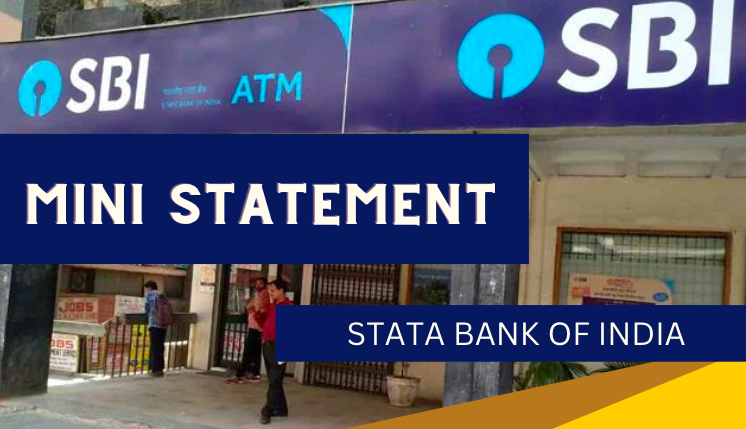Valuing a fintech startup requires a nuanced understanding of its unique business model, technology, market potential, and regulatory landscape. Unlike traditional startups, fintechs often operate in highly regulated industries with complex revenue streams and evolving market dynamics. In this exploration, we delve into the methodologies and considerations involved in valuing fintech startups. From assessing user growth and retention metrics to evaluating the scalability of technology platforms, we navigate the intricacies of determining the worth of these innovative ventures in a rapidly evolving financial technology landscape.

Introduction to Fintech Startup Valuation
Fintech valuation encompasses assessing various factors, including the scalability of technology platforms, market potential, regulatory compliance, user adoption metrics, and revenue streams. Understanding the competitive landscape and the startup’s ability to differentiate itself within the market is crucial. Moreover, evaluating the potential for future growth and expansion opportunities is paramount.
In this exploration, we delve into the multifaceted nature of fintech startup valuation, navigating through the complexities of assessing innovation, market dynamics, and regulatory challenges. By unraveling these intricacies, we aim to provide insights into effectively valuing fintech startups amidst a rapidly evolving financial services landscape.
Understanding the Fintech Business Model
The fintech business model revolves around leveraging technology to provide innovative financial solutions and services. Unlike traditional financial institutions, fintech startups typically operate with lower overhead costs and offer user-friendly platforms accessible via web or mobile devices. These companies often specialize in areas such as payments, lending, wealth management, insurance, and blockchain technology.
Fintech startups disrupt traditional financial services by streamlining processes, reducing fees, and improving accessibility for consumers and businesses. They may generate revenue through various channels, including transaction fees, subscription models, licensing agreements, or partnerships with established financial institutions.
Key components of the fintech business model include scalability, agility, and customer-centricity. These startups prioritize innovation and agility to adapt to changing market dynamics and regulatory requirements swiftly.
Market Potential and Competitive Landscape
Assessing the market potential and competitive landscape is crucial for valuing a fintech startup. Fintech ventures operate in a rapidly evolving landscape characterized by changing consumer preferences, technological advancements, and regulatory shifts. Evaluating market size, growth trends, and demand drivers helps determine the startup’s addressable market and growth opportunities.
Factors such as barriers to entry, regulatory barriers, and potential disruptors also influence market dynamics and competitive positioning. By conducting a thorough analysis of market potential and competitive forces, stakeholders can assess the fintech startup’s ability to capture market share, generate sustainable revenue streams, and achieve long-term success amidst competition and market fluctuations.
Assessing Technology and Innovation
The evaluation of technology and innovation is paramount in valuing a fintech startup. Fintech companies leverage advanced technologies such as artificial intelligence, blockchain, and data analytics to revolutionize financial services. Understanding the sophistication, scalability, and uniqueness of the startup’s technology platform is essential.
Moreover, assessing the startup’s innovation involves examining its ability to solve existing market inefficiencies, enhance user experience, and create new value propositions. Fintech startups that introduce disruptive business models or pioneering solutions often attract investor interest and command higher valuations.
Factors such as intellectual property rights, research and development capabilities, and partnerships with technology providers also influence the startup’s technological advantage and innovation potential.
Analyzing User Growth and Retention Metrics
User growth and retention metrics are vital indicators of a fintech startup’s success and value. These metrics provide insights into the startup’s ability to attract, engage, and retain customers over time. Assessing user growth involves analyzing key performance indicators such as the number of active users, customer acquisition cost, and user adoption rates.
Evaluating user retention metrics, such as churn rate, customer lifetime value, and repeat usage patterns, helps assess the startup’s ability to build long-term relationships with its user base. Fintech startups with high user retention rates typically demonstrate stronger revenue predictability and sustainability.
Factors influencing user growth and retention include product-market fit, user experience, customer service quality, and competitive positioning.
Revenue Streams and Monetization Strategies
Evaluating revenue streams and monetization strategies is essential in valuing a fintech startup. These startups generate revenue through various channels, including transaction fees, subscription models, licensing agreements, and partnerships with financial institutions.
Analyzing the diversity and scalability of revenue streams helps assess the startup’s ability to generate sustainable income and achieve profitability. Moreover, understanding the pricing model, fee structure, and pricing power influences revenue growth potential and competitive positioning.
Evaluating monetization strategies involves examining the startup’s ability to extract value from its user base while balancing customer acquisition costs and profitability. Fintech startups often employ innovative pricing strategies and upselling tactics to maximize revenue opportunities.
Factoring in Regulatory Environment and Compliance Risks
Fintech ventures operate in heavily regulated industries, such as banking, payments, and securities, subject to various legal and regulatory requirements.
Understanding the regulatory landscape involves analyzing current regulations, upcoming changes, and potential impacts on the startup’s operations, products, and services. Compliance risks arise from non-compliance with regulations, leading to financial penalties, reputational damage, or even regulatory sanctions. Factors such as regulatory uncertainty, jurisdictional differences, and evolving regulatory trends influence compliance risks. By factoring in the regulatory environment and compliance risks, stakeholders can better understand the startup’s regulatory resilience and its impact on valuation.
Considering Scalability and Expansion Opportunities
Scalability refers to the startup’s ability to grow its operations and user base without proportionally increasing costs. Evaluating scalability involves analyzing the potential for increasing transaction volumes, expanding into new markets, or offering additional products and services.
Assessing expansion opportunities involves identifying untapped market segments, strategic partnerships, and international expansion prospects. Fintech startups with scalable business models and diversified revenue streams are better positioned to capitalize on growth opportunities and achieve higher valuations.
Factors influencing scalability and expansion include technology infrastructure, market demand, regulatory constraints, and competitive dynamics. By considering these factors, stakeholders can gauge the startup’s growth potential, market reach, and resilience to market fluctuations, contributing to a more comprehensive valuation assessment.
Applying Valuation Methodologies
Valuing a fintech startup involves utilizing various methodologies, including Comparable Company Analysis (CCA), Discounted Cash Flow (DCF), and the Venture Capital (VC) Method. CCA assesses the startup’s value by comparing it to similar publicly traded companies or recent transactions in the industry, considering factors like revenue, growth potential, and market share.
DCF estimates the startup’s value by discounting its projected future cash flows to present value, incorporating factors such as revenue projections, expenses, and discount rates. The VC Method evaluates the startup’s value based on the future potential returns for investors, considering factors like expected exit valuations and the startup’s growth trajectory.

Hello, I am Tanisha Kriplani, graduated in computer science from Delhi University. I am passionate about web content writing and have a strong interest in Data Analytics and Data Engineering.












